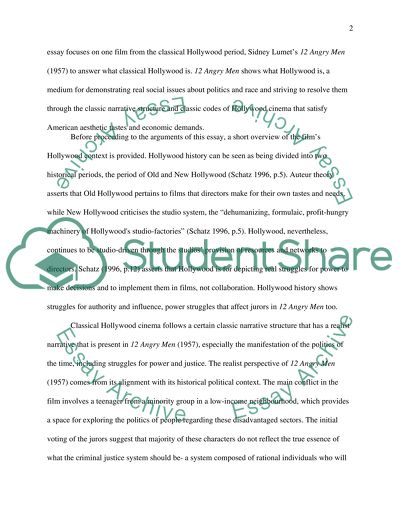Cite this document
(“Classical hollywood cinema- Essay Example | Topics and Well Written Essays - 2250 words”, n.d.)
Retrieved from https://studentshare.org/visual-arts-film-studies/1484251-classical-hollywood-cinema-
Retrieved from https://studentshare.org/visual-arts-film-studies/1484251-classical-hollywood-cinema-
(Classical Hollywood Cinema- Essay Example | Topics and Well Written Essays - 2250 Words)
https://studentshare.org/visual-arts-film-studies/1484251-classical-hollywood-cinema-.
https://studentshare.org/visual-arts-film-studies/1484251-classical-hollywood-cinema-.
“Classical Hollywood Cinema- Essay Example | Topics and Well Written Essays - 2250 Words”, n.d. https://studentshare.org/visual-arts-film-studies/1484251-classical-hollywood-cinema-.


